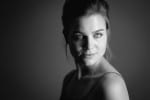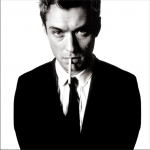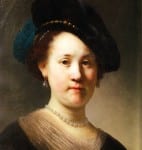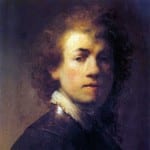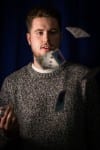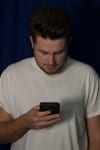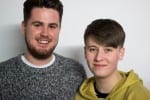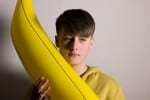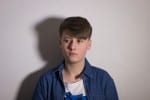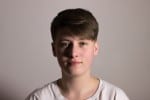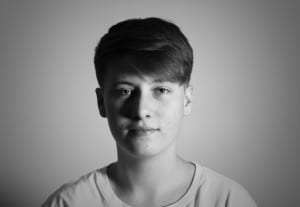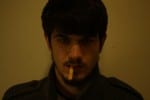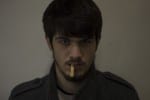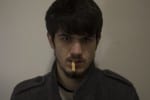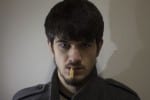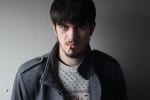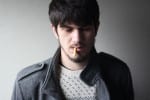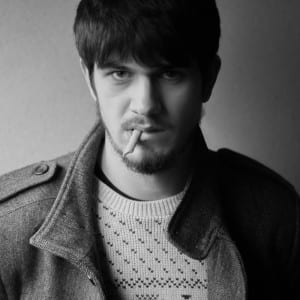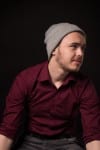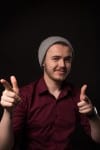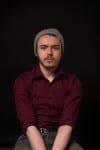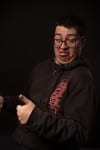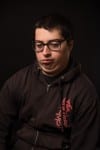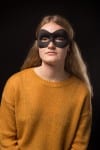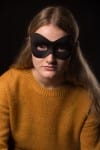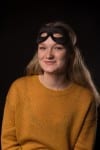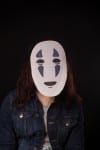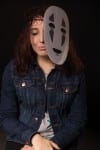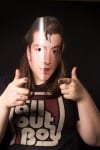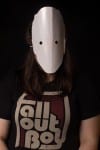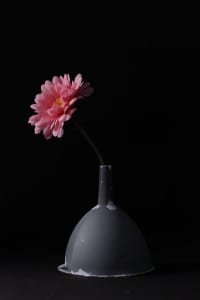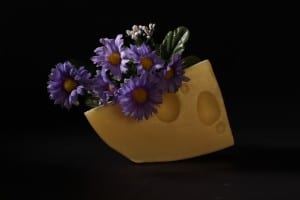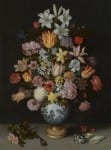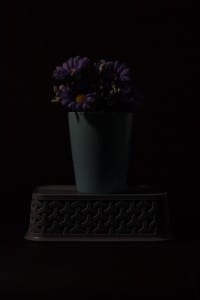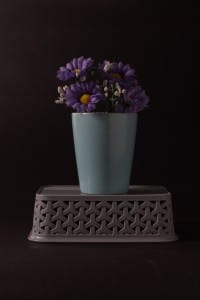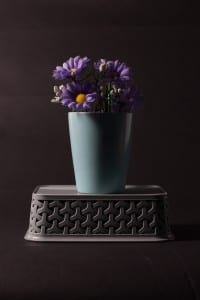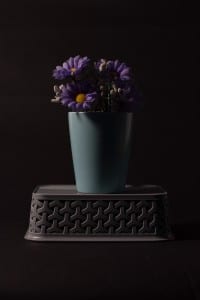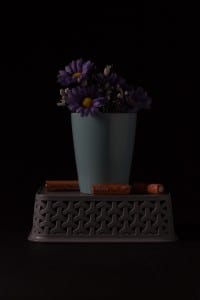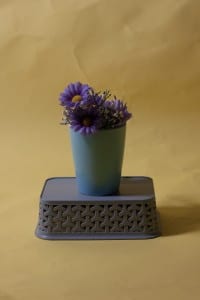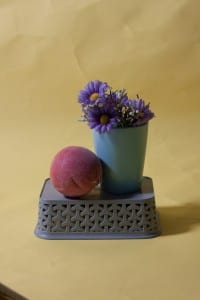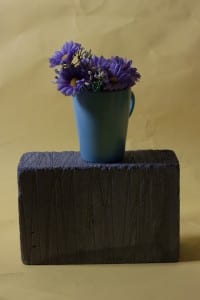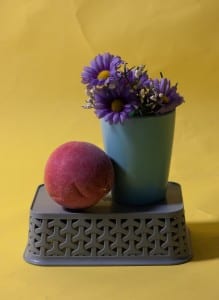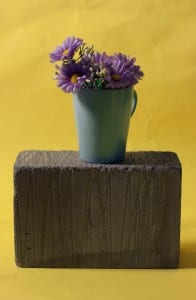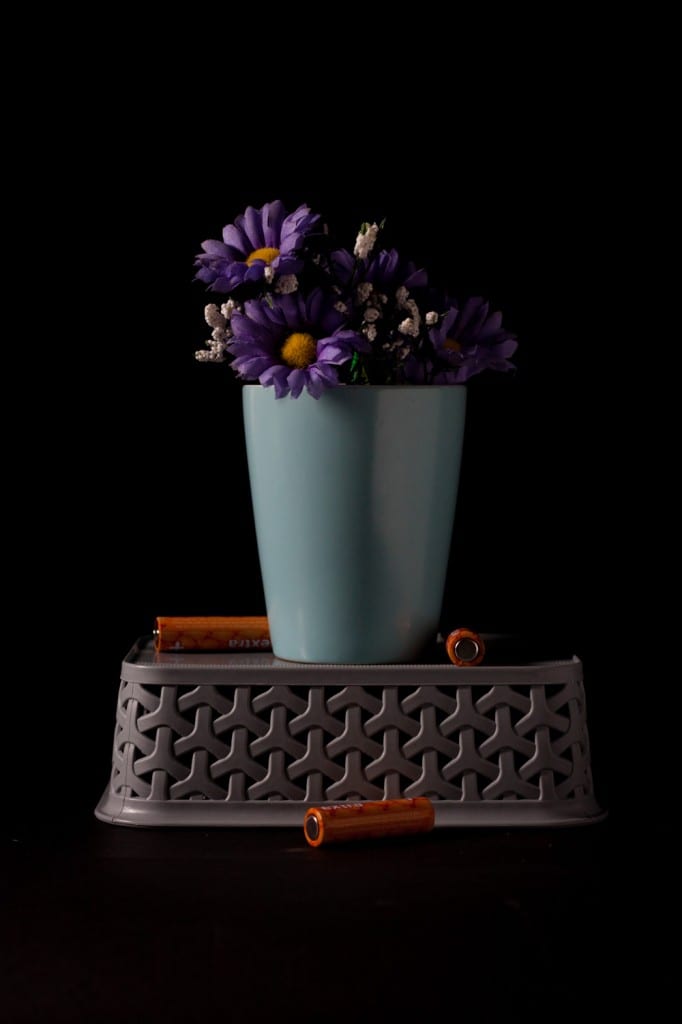To get my portrait image of a stranger, I asked my flatmate to speak to her friends and find out if they would like to have some portrait photos taken. They said yes so I ended up taking photos of Hannah and Lewis, my flatmate’s friends.
Taking photos of them proved rather difficult, because I said that I would send them the images for their own use afterwards, so they kept moving to see the photo after every one, and this meant I had to keep re-adjusting the focus. If I were to do this again I would make sure I told them to stay in the same spot and let them know they could view the photos at the end.
Before my photoshoot, I did a little bit of research into existing photographers, and the following images are ones that I liked and wanted to take aspects from:
Andreas Jorns: This photograph was taken by Andreas Jorns, and it features Rembrandt style lighting, however the ‘triangle’ of light on the left side of the face isn’t really a triangle, however, I still like the image and think this is quite re-creatable. The image its self, while being in focus, seems quite soft, and I think this is due to the short tonal range.
David Bailey: This photograph was taken by David Bailey and it also uses the Rembrandt lighting technique. This photo has quite a high contrast and I’m not sure this is something I would be able to recreate easily (although we managed something similar in our workshop- see my previous post).
Rembrandt Harmenszoon van Rijn: After hearing the term ‘Rembrandt lighting’ and finding examples of it in lots of images, I decided to actually find out who this Rembrandt guy was. From my research, I found out that he was a painter in the 1600s and often lit subjects from a 45-degree angle so that half of the face was illuminated, and the other half only had a small triangle illuminated. I tried to recreate something along these lines in my own photographs.
These are some of the photographs that came out of the photoshoot I did:
Some of the props and poses of the photographs are quite strange, and the reason for this is that I wanted the subjects to both feel comfortable with a stranger taking their picture, so I let them choose how to pose for the most part.
There were a few pictures where I instructed them, and I think they were just as successful as those where the subjects had more freedom. These last two are the ones that I instructed more, and they display more of the Rembrandt lighting technique because I was able to keep the subjects still while I rearranged the lighting.
This is my final image of Hannah, and I feel like this is the most technically sound as the focus is on her eyes, she is centered in the frame and there is a small triangle of light on her left cheek, while the rest of that side is mostly shadowed. I also put the image into black and white because from my research, I feel like black and white works really well with this lighting technique.
